Best Plants for Bathrooms & Low Light: 12 Easy-Care Picks
An honest effort was made. A beautiful fiddle-leaf fig was brought home, placed in a dim hallway, and watered faithfully—but within weeks, every single leaf had dropped.
You start to think: “Maybe I just don’t have a green thumb.”
But the truth is, it’s not you. It’s the plant.
Because not all plants need bright, direct sunlight. Some thrive in low light, high humidity, and even artificial light.
In this guide, I’ll show you the 12 best plants for bathrooms and low light—lush, forgiving, and perfect for dark spaces. No more guesswork. Just greenery that survives (and even thrives) where others fail.
📚 Table of Contents
- Why Bathrooms Are Perfect for Certain Plants
- The 12 Best Plants for Bathrooms and Low Light
- Care Tips for Low-Light Plants
- Common Mistakes to Avoid
- How to Amplify Light in Dark Rooms
- FAQ: Your Top Questions Answered
Why Bathrooms Are Perfect for Certain Plants
Bathrooms are unique: high humidity, consistent warmth, and often low light—conditions that mimic tropical understories.
Plants that love moisture and shade thrive here. And since you’re already in the bathroom daily, it’s easy to care for them.
The key? Choose species that don’t need direct sun. These best plants for bathrooms and low light are exactly that.
Additionally, many of them purify the air, removing mold spores and odors—making them functional as well as beautiful.
🌿 Source: NASA Clean Air Study – Confirms air-purifying benefits of snake plant, peace lily, and dracaena.
The 12 Best Plants for Bathrooms and Low Light
1. Snake Plant (Sansevieria)
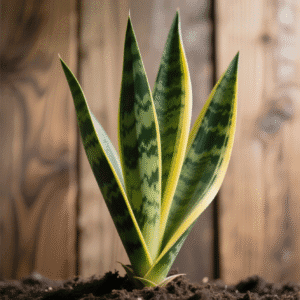
Also called “Mother-in-Law’s Tongue,” this architectural plant is a legend in the houseplant world.
Origin: West Africa
Light: Low to bright indirect (survives in near darkness)
Watering: Every 3–6 weeks (drought-tolerant)
Humidity: Tolerates dry air but loves moisture
Propagation: Leaf cuttings or division
Repotting: Every 3–5 years
Tips: One of the few plants that releases oxygen at night—perfect for bathrooms.
2. ZZ Plant (Zamioculcas zamiifolia)
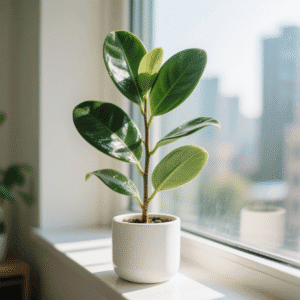
If plants had a superhero, this would be it. The ZZ plant is practically unkillable.
Origin: Eastern Africa
Light: Low to bright indirect
Watering: Every 3–4 weeks (stores water in rhizomes)
Humidity: Low to moderate
Propagation: Leaf cuttings in soil (slow)
Repotting: Every 2–3 years
Tips: Grows slowly—ideal for small spaces. Keep away from pets (mildly toxic).
3. Peace Lily (Spathiphyllum)
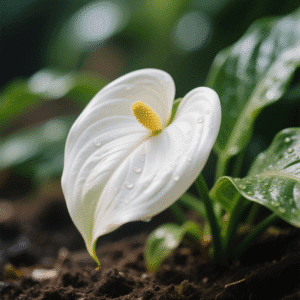
Don’t let the delicate white blooms fool you—this plant is tough.
Origin: Tropical Americas
Light: Low to medium indirect
Watering: When leaves droop (tells you when it’s thirsty)
Humidity: High (loves bathrooms)
Propagation: By division during repotting
Repotting: Every 1–2 years
Tips: Excellent air purifier. Toxic to pets—keep out of reach.
4. Pothos (Epipremnum aureum)
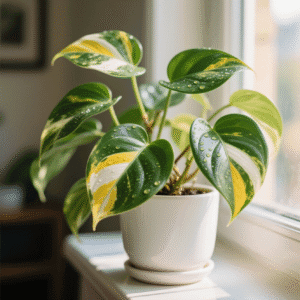
A classic for a reason. Pothos is like the golden retriever of houseplants—friendly, adaptable, and always happy.
Origin: French Polynesia
Light: Low to bright indirect
Watering: Every 1–2 weeks
Humidity: Tolerates dry air
Propagation: Stem cuttings in water (roots in 1–2 weeks)
Repotting: Every 2 years
Tips: Trailing vine—perfect for shelves. Toxic to pets.
5. Cast Iron Plant (Aspidistra elatior)
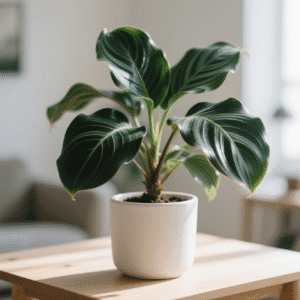
Exactly what it sounds like: tough as nails.
Origin: Japan, China
Light: Low (thrives in dim corners)
Watering: Every 2–3 weeks
Humidity: Tolerates dry air
Propagation: By division
Repotting: Every 3–5 years
Tips: Victorian-era favorite. Survives coal-heated homes and neglect.
6. Chinese Evergreen (Aglaonema)
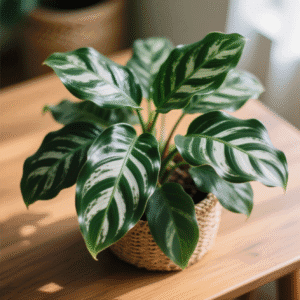
A favorite among interior designers for its bold, patterned leaves.
Origin: Southeast Asia
Light: Low to medium
Watering: When top inch is dry
Humidity: Moderate to high
Propagation: Stem cuttings or division
Repotting: Every 2–3 years
Tips: Grows slowly. Mildly toxic—best in pet-free zones.
7. Philodendron (Heartleaf)
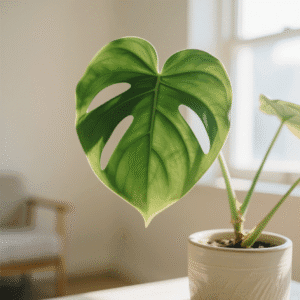
Not to be confused with Pothos (they look similar!), this philodendron is even more forgiving.
Origin: Central and South America
Light: Low to bright indirect
Watering: Every 1–2 weeks
Humidity: Moderate to high
Propagation: Stem cuttings in water
Repotting: Every 2 years
Tips: Let it trail from a high shelf. Toxic to pets.
8. Maidenhair Fern (Adiantum)
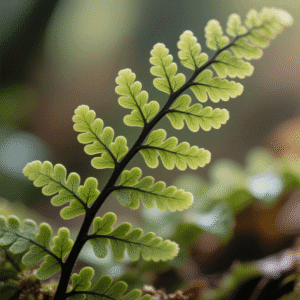
Delicate, lacy fronds that add elegance to any space.
Origin: Global (temperate to tropical zones)
Light: Medium to bright indirect (no direct sun)
Watering: Keep soil consistently moist
Humidity: High (60–80%)
Propagation: By spores or division (advanced)
Repotting: Annually in spring
Tips: Use distilled water to prevent leaf tip burn.
9. Bird’s Nest Fern (Asplenium nidus)

Soft, wavy leaves that grow in a rosette, resembling a bird’s nest.
Origin: Tropical rainforests
Light: Medium indirect (no direct sun)
Watering: Keep soil moist; water in the center cup
Humidity: High (ideal for bathrooms)
Propagation: By spores (rarely done at home)
Repotting: Every 2–3 years
Tips: Avoid misting—can cause fungal issues.
10. Dracaena (Janet Craig)
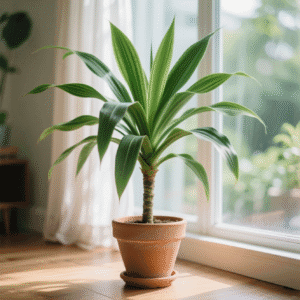
Tall, architectural, and excellent for purifying the air.
Origin: Africa
Light: Low to medium indirect
Watering: Every 2–3 weeks (let soil dry)
Humidity: Moderate
Propagation: Stem cuttings in water or soil
Repotting: Every 2–3 years
Tips: Remove yellow leaves. Toxic to pets.
11. Arrowhead Plant (Syngonium podophyllum)
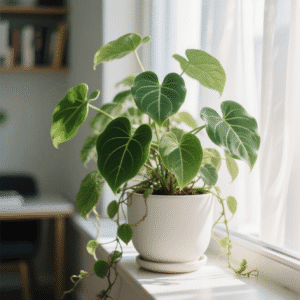
Arrow-shaped leaves that change shape as they mature.
Origin: Central and South America
Light: Medium to bright indirect
Watering: When top inch is dry
Humidity: Moderate to high
Propagation: Stem cuttings in water
Repotting: Every 2 years
Tips: Can climb or trail. Toxic to pets.
12. Calathea (Various species)

Prayer plant with stunning patterns. Leaves fold up at night.
Origin: Tropical Americas
Light: Medium indirect
Watering: Keep soil moist (never soggy)
Humidity: High (60%+)
Propagation: By division
Repotting: Every 1–2 years
Tips: Use distilled water. Avoid cold drafts.
| Plant | Light Needs | Watering | Humidity |
|---|---|---|---|
| Snake Plant | Low to bright indirect | Every 3–6 weeks | Medium |
| Peace Lily | Low to medium | When leaves droop | High |
| Maidenhair Fern | Medium to bright | Keep moist | High |
| Calathea | Medium indirect | Keep moist | High |
Care Tips for Low-Light Plants
- Water less: Low light = slower growth = less water needed.
- Use well-draining soil: Prevent root rot.
- Wipe leaves: Dust blocks light absorption.
- Rotate monthly: Prevents leaning toward light.
- Use a pebble tray: Increases humidity naturally.
Common Mistakes to Avoid
- Overwatering → #1 killer in low light
- Using dark pots → harder to see soil moisture
- Ignoring humidity → mist or use a pebble tray
- Placing in cold drafts → damages tropical plants
- Assuming no light = no life → many plants thrive in artificial light
How to Amplify Light in Dark Rooms
You don’t need a sun-drenched window. Try these tricks:
- Use mirrors to reflect natural light
- Paint walls white or light colors to bounce light
- Use LED grow lights (6–8 hours/day)
- Keep glass clean to maximize light entry
- Use light-colored furniture to reflect light
FAQ: Your Top Questions Answered
Q: Can plants grow in a windowless bathroom?
R: Yes! Snake plant, ZZ plant, and peace lily thrive under artificial light.
Q: How often should I water?
R: Every 1–3 weeks, depending on the plant. Always check soil first.
Q: Do low-light plants clean the air?
R: Yes! Snake plant and peace lily are top air purifiers.
Q: Can I use a grow light?
R: Yes. LED grow lights work well in bathrooms.
Q: Why are my plant’s leaves turning yellow?
R: Usually overwatering. Let soil dry out completely.
Q: Are there pet-safe options?
R: Yes: snake plant, cast iron plant, parlor palm. Avoid peace lily and pothos around pets.
Q: Can I propagate low-light plants?
R: Absolutely! Pothos, philodendron, and arrowhead plant root easily in water.
💡 Want pet-safe options? See our guide to non-toxic bathroom plants
Bring life to your darkest corners. With the right plant, even a windowless bathroom can bloom. 🌱








One Comment